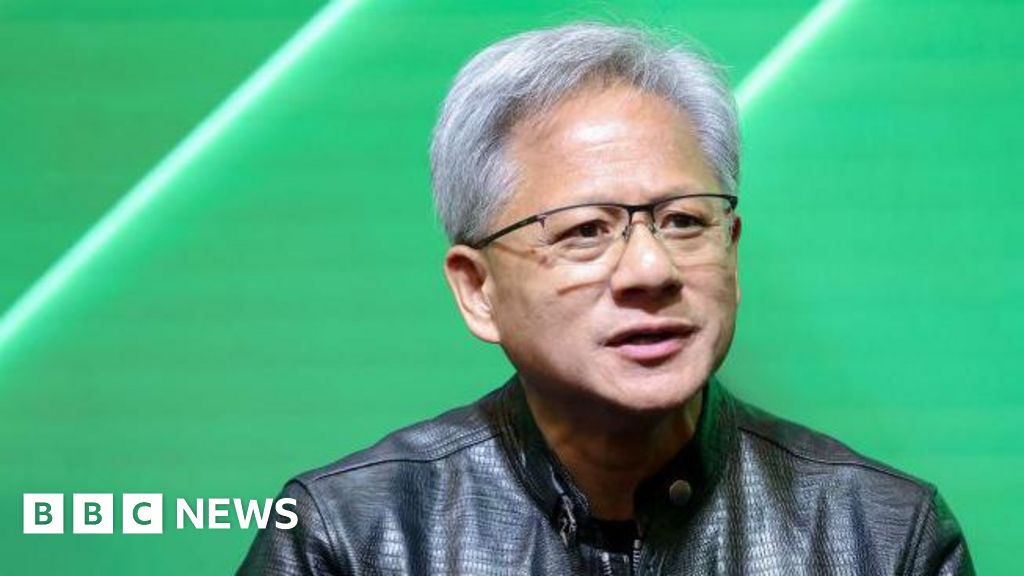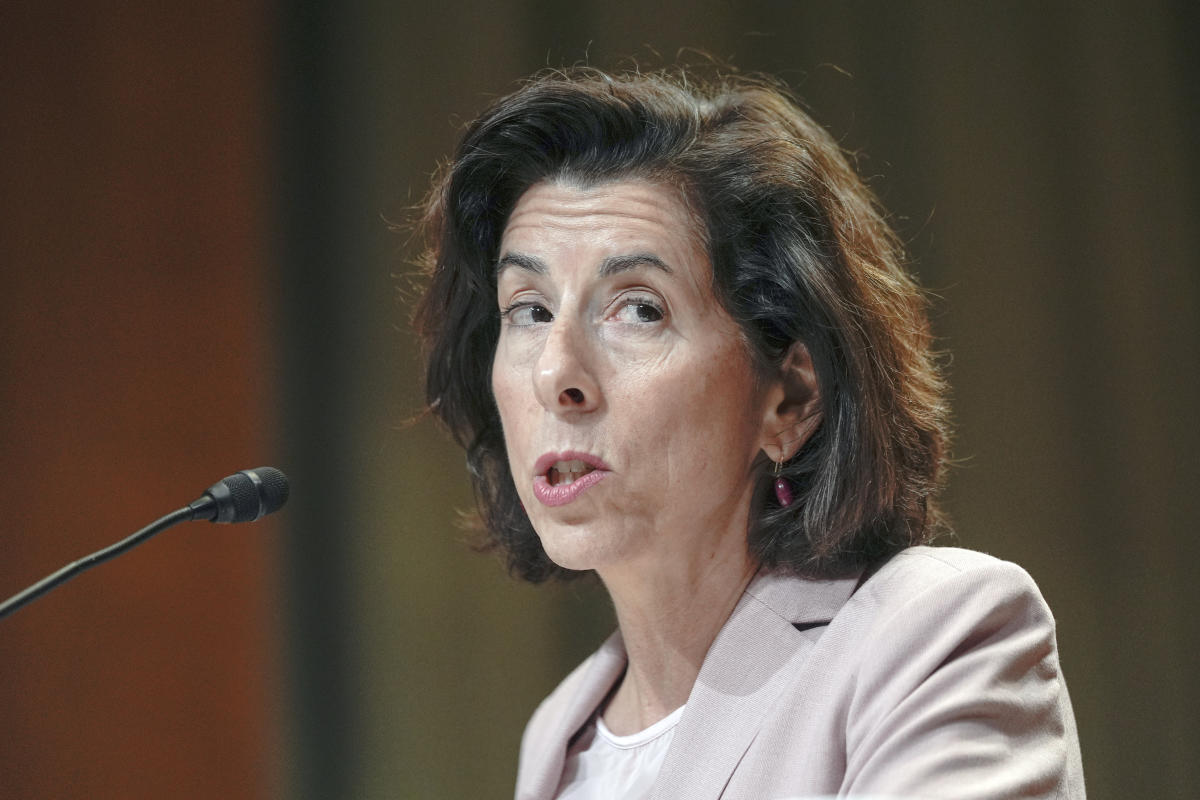You have a preview view of this article while we are checking your access. When we have confirmed access, the full article content will load.
- Updates
- Ultra-Orthodox Draft Ruling
- The War’s Next Phase
- A Growing Rift in Israel
- The Cost of Escaping Gaza
The results from Friday’s election, which drew record-low turnout for a presidential race, will force a runoff on July 5 between a reformist and an ultraconservative.

June 30, 2024, 4:08 a.m. ET
Iranian voters signaled their disenchantment with Iran’s system of clerical rule in the country’s presidential election on Friday, going to the polls in record-low numbers to help two establishment candidates limp to a runoff.
The runoff on July 5 will offer voters a final choice between a reformist former health minister, Dr. Masoud Pezeshkian, and an ultraconservative former nuclear negotiator, Saeed Jalili, neither of whom managed to get more than the 50 percent of votes needed to win the presidency. That postpones for another week the question of who will steer Iran through challenges including a sickly economy, the gulf between rulers and ruled and a nearby war that keeps threatening to drag Iran further in.
But despite belonging to two different camps, neither man is expected to bring major change to Iran, given that they must govern with the ultimate approval of Iran’s supreme leader, Ayatollah Ali Khamenei.
Here are the most important takeaways emerging from Friday’s election.
Iranians continue to reject the system.
Only 40 percent of eligible Iranians voted on Friday, according to government figures, a historically low turnout for an Iranian presidential race — even lower than the 41 percent level reported for Iran’s parliamentary elections this year.
Though Iranian elections once drew enthusiastic crowds, more and more people have stayed home in recent years as a form of protest against the ruling establishment, which they blame for wrecking the economy, snuffing out social and political freedoms and isolating Iran from the world.
In the 2013 presidential election, large numbers of urban, middle-class Iranians eager for prosperity and a more open society put their faith in a reformist candidate, Hassan Rouhani. They hoped he would loosen social and political restrictions and strike an agreement that would lift punishing Western sanctions in exchange for restricting their country’s nuclear activities.



 2 days ago
81
2 days ago
81

















